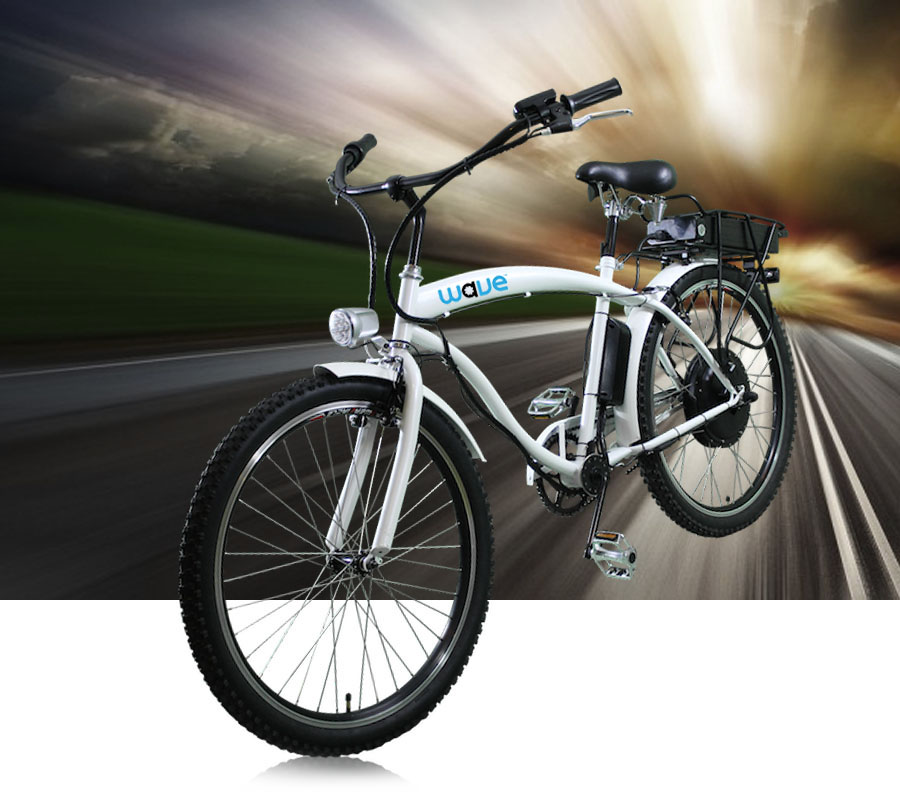If you follow or run in survival and “prepping” circles at all — and we do here at The Martialist — you know that one of the logistical problems that faces any prepared citizen in a localized emergency, a natural disaster, or some incident of civil unrest is the need to move from Point A to Point B. Point A, in this case, is an area that you have deemed no longer safe for continued habitation. Point B is a place of greater safety, ideally planned ahead of time, and in exceptionally prepared cases a destination to whose travel a line of cached supplies has been established. The big problem with any “bug out” situation, though, is that when most of us make the decision to leave, so have our fellow citizens, resulting in roads and highways hopelessly choked with other vehicles and even mobs of people.
One of the potential solutions to this is to bug out by motorcycle or, for even greater long-term sustainability, by bicycle. A bicycle properly equipped with load-bearing cargo equipment not only gets the weight of your survival or hiking gear off your body, but also makes it possible to go farther and get there faster. The appeal of the bicycle is simple: It is as maneuverable as a motorcycle, but lighter and quieter. It also does not rely on fuel. But the weakness of the bicycle is found in its advantage: If you tire, it becomes less useful. On a grade, it is arguably useless.
Enter the electric bicycle. While it’s true that when power goes out, you may not be able to charge the battery of an electric-motor assisted bike, there are more ways to generate electricity in an emergency — through solar cells, crank-driven dynamos, and even fuel-powered generators — than there are to fuel a motorcycle. When the gas is not available, it’s not available, and there are no alternatives unless your motor is a flexible-fuel unit. If you have an electric bike with a dead battery, you still have a bicycle. And if you are able to find ways to charge the motor’s battery in a crisis, you have a bicycle that can help you up hills, help you move with less effort over longer distances, and generally increase your effective transportation range. This is true both in emergencies and simply in daily commuting. The electric bicycle is useful before, during, and after any survival crisis or emergency scenario.
That brings us to the Wave eBike.
The creative duo of Aaron Brady and Justin Bransmit, two businessmen based out of Manhattan Beach, California, have announced the crowdfunding campaign of the Wave eBike, which they have described as the “world’s most affordable electric bicycle.”
The street legal Wave eBike (well, street legal except for my own state of New York, where electric bikes and scooters aren’t permitted on the roads) is equipped with a powerful 48-Volt, 750-Watt hub motor rated for a top speed of 28 miles per hour. While the bicycle’s true range is as far as the rider cares to pedal, the electric motor itself has a range of over 52 miles on a single charge (with pedal assist) of its 12-Amp hour battery. Boasting bold, contemporary styling, all-purpose tires, and optional features like an upgraded charger and streamlined cargo basket, the eBike is being introduced at half its market price. That means participants in the Indiegogo campaign can purchase an eBike for$499 USD plus shipping. Brady and Bransmit assert that even at the eventual market price of twice that, the Wave is positioned well below the cost of competitive electric-assisted bicycles on the market.
Backers of the Wave’s crowdfunding campaign are also promised discount shipping of $199 USD within the United States (and $250 USD internationally). For perspective, comparable electric bicycles sell for $2,000 and even $3,000 USD (products whose batteries typically last only half as long as the Wave eBike’s battery, according to the Indiegogo campaign site).
Essentially a beach cruiser, the Wave eBike includes cross-functional tires that appear to make it an excellent choice for outdoor fun as well as urban and suburban transportation. Riders can cruise effortlessly with the motor engaged, pedal the bicycle unassisted, or switch to hybrid mode to assist their pedaling for maximum range. As proof of concept, the producers of the eBike have even filmed, in a video available on their Indiegogo campaign, a round-trip ride from Manhattan Beach, California to Santa Monica on full electric mode.
To watch the video for yourself and to support the Wave eBike crowdfunding campaign, visit their Indiegogo page. I can’t speak for you, but I’m excited about the Wave eBike. This looks like an extremely promising means of urban and suburban transportation that would also be of use to outdoorsmen and “prepper” types looking for an alternative means of moving across large distances and among unpredictable obstacles.
